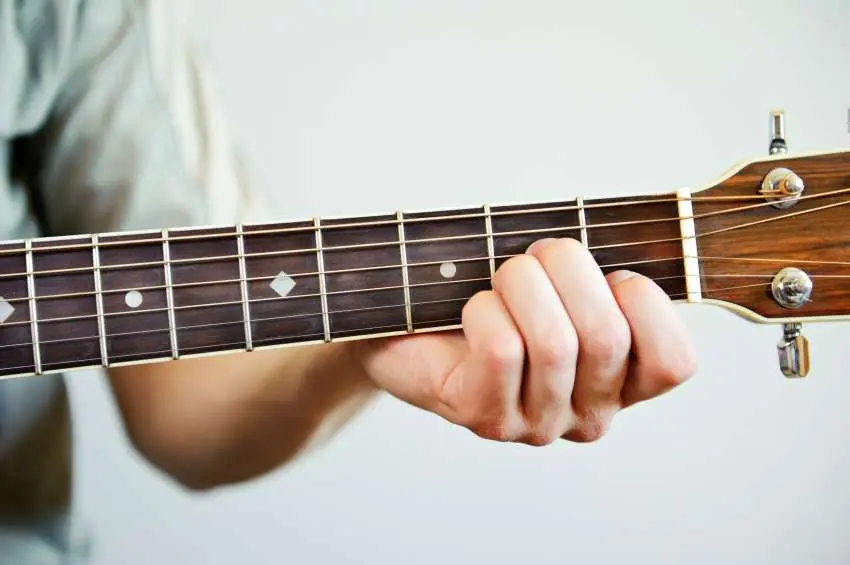
Guitar picks for beginners. Landing guitarist and setting the right hand
“Tutorial” Guitar Lesson No. 7
Guitarist seating
In this lesson, we’ll talk about the guitarist’s seat, look at left-hand placement, and start playing picks for beginners. Proper posture and hand placement are of great importance, influencing the beauty of the produced sound, the speed of execution and the freedom of movement when playing in general. My students often disregard my advice on proper stance and seating. Tired of talking about this, I suggest that they play certain passages so that they can prove to me in practice that they are right. The fiasco that befalls my students at the same time and the difference when playing in the correct position and holding the instrument in the end is not in their favor. To play like You will feel like, first you need to learn how to play, so how to, and then you can play like Jimi Hendrix with your teeth or holding a guitar behind your head. So, consider the landing of a guitarist.
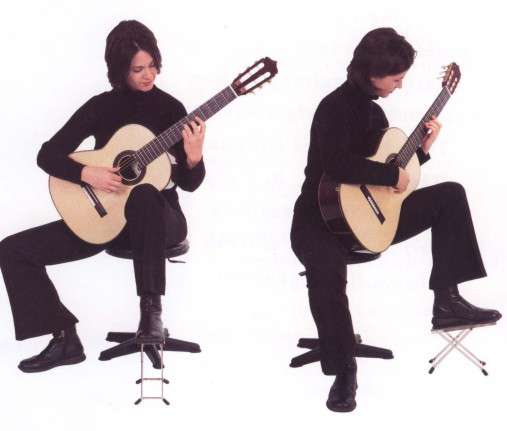
The guitarist should sit on a stable seat with a height proportional to his height. The guitar is located with a shell notch on the left knee, the chest slightly touches the lower (rear) soundboard in the region of the highest point of the instrument’s body. The left leg is bent at the knee, resting the foot on the stand.
Right hand
Now consider the setting of the right hand and sound production. The photo shows the names of the fingers.
Thumb – p (in Spanish – pulgar) Forefinger – i (in Spanish indice) Middle finger – m (in Spanish-medio) Ring finger – a (in Spanish -anular)
Guitarists in most cases use the nail method of sound production, the sound with this method is louder, so there are small nails on the fingers.
Put your fingers on the strings: thumb p– on the sixth string,i– on the third string,m – for the second and and – to the first. Sound extraction with thumb p– occurs due to only the metacarpal joint, so pay attention that only the metacarpal joint works during sound production, which gives a stable position to the entire hand.
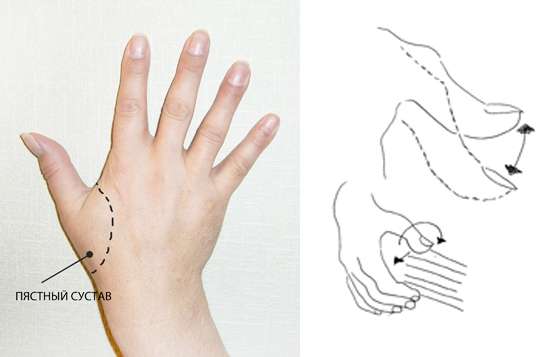
After hitting a string, the thumb returns to its original position in a circular motion or remains on the fifth string if the sound needs to be produced on the next string. The photo shows the position of the right hand from above, where the thumb p forms a semblance of a cross in relation to the index finger i.
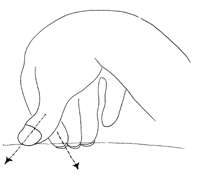
On the guitar, there are two methods of sound production – apoyando – sound extraction with support from the adjacent string and tirando – sound extraction without support from the adjacent string.
Correct positioning of the hand on the guitar:
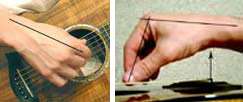 Incorrect positioning of the hand on the guitar:
Incorrect positioning of the hand on the guitar:
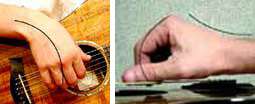
Guitar picks for beginners
We now turn to a look at the simplest and most popular guitar picks for beginners. Many songs, romances and rock ballads are accompanied by guitar picking, which gives them a certain charm and does not leave listeners of all ages indifferent. Rock ballad House of the Rising Sun “Hous of the rising sun” by The Animals, accompanied by a simple search, still tops the lists of the best rock ballads of all time. Fingering (arpeggio) on the guitar is carried out using the tirando technique (without relying on the adjacent string), so fingering played on the guitar with this technique leaves the sound of all strings unmuted. In my opinion, playing guitar picks will not cause much difficulty for beginners. Consider the first and easiest enumeration (arpeggio) p i m a.
Place your fingers on the corresponding non-pressed strings (the strings are indicated by numbers in circles) and after hitting with your thumb p play all the sounds one by one ima movement of the fingers into the palm of the hand. Try to keep the hand stationary while playing the finger, and only the fingers move.
To make the notes with fingering on the guitar more understandable and there was no difficulty in parsing the following lessons in the “Tips” section, see the article “How to learn notes on the guitar.” The apoyando technique is used when you need to play a passage or pick out a melody from an accompaniment. We will consider this method of sound production later, and in the next lesson we will move on to playing the etude and learn the accompaniment of the rock ballad “Hous of the rising sun”.
PREVIOUS LESSON #6 NEXT LESSON #8





